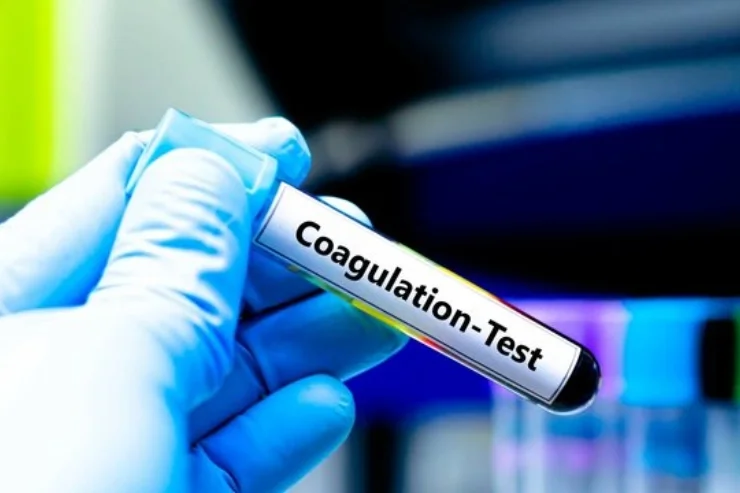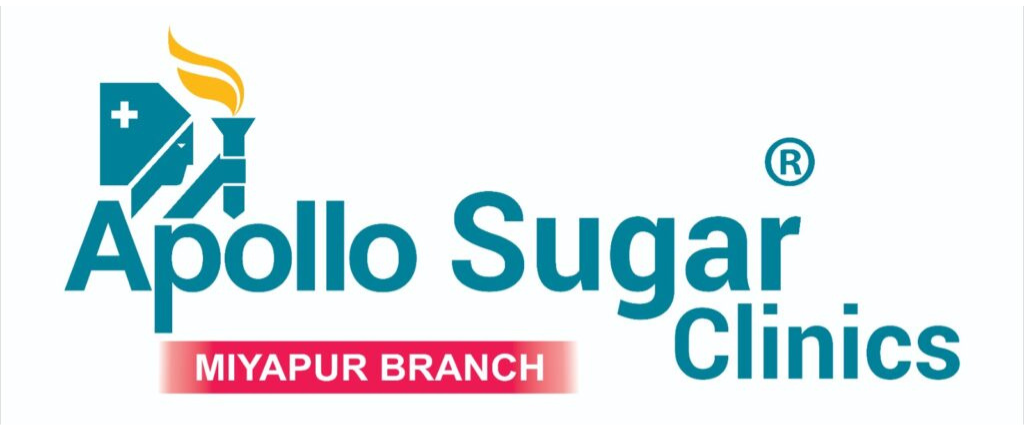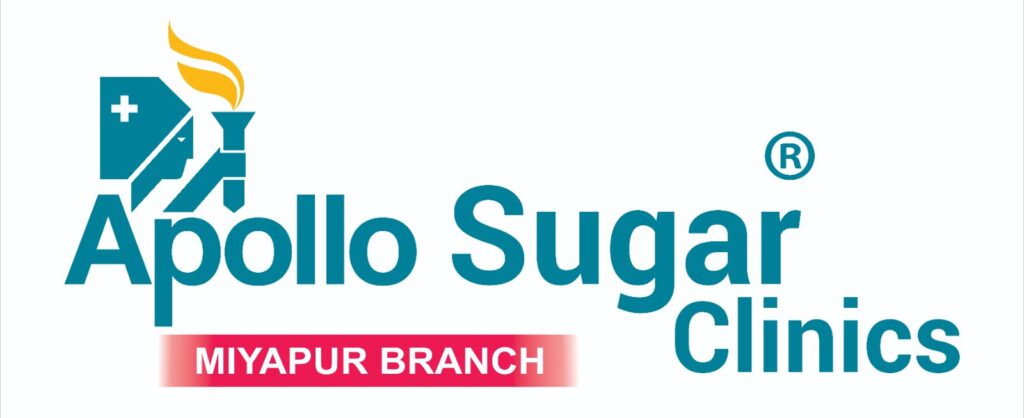Coagulation Studies

Coagulation Studies are a group of blood tests that assess the blood’s ability to clot. These tests measure the activity of clotting factors and the time it takes for blood to form a clot. They are essential for diagnosing and monitoring conditions related to bleeding, clotting disorders, and the effects of anticoagulant therapy. Coagulation studies are commonly ordered for patients who have unexplained bleeding, bruising, or those who are undergoing surgery or treatment with anticoagulant medications.
Key Coagulation Tests:
Prothrombin Time (PT):
- Function: PT measures the time it takes for blood to clot, specifically assessing the extrinsic and common pathways of the coagulation cascade.
- Normal Values: Typically 11 to 13.5 seconds, though this can vary depending on the laboratory and testing method.
International Normalized Ratio (INR):
- Function: The INR is a standardized way to express PT results, allowing for consistent interpretation across different laboratories. It is particularly useful for monitoring patients on oral anticoagulant therapy, such as warfarin.
- Normal Values: The therapeutic range for INR in patients on anticoagulants is typically between 2.0 and 3.0, though this can vary depending on the specific clinical situation.
- Indications: Used to monitor warfarin therapy, ensuring the patient’s blood is not too thin (which increases bleeding risk) or too thick (which increases clotting risk).
- Abnormal Results: An elevated INR indicates that the blood is taking longer to clot and may require adjustment of anticoagulant therapy.
Activated Partial Thromboplastin Time (aPTT):
- Function: The aPTT measures the time it takes for blood to clot through the intrinsic and common pathways of the coagulation cascade. It is especially used to monitor patients on heparin therapy.
- Normal Values: 25 to 35 seconds.
- Indications: The aPTT is used to monitor heparin therapy (which affects the intrinsic pathway) and to diagnose bleeding disorders like hemophilia or von Willebrand disease.
- Abnormal Results: Prolonged aPTT can indicate hemophilia, liver disease, heparin therapy, or deficiencies of clotting factors.
Thrombin Time (TT):
- Function: Thrombin time measures the final step of the clotting cascade, where thrombin converts fibrinogen into fibrin to form a clot. It is a sensitive test to assess fibrinogen levels and fibrinolytic activity.
- Normal Values: 14 to 16 seconds.
- Indications: Thrombin time is used to evaluate disseminated intravascular coagulation (DIC), liver disease, and fibrinogen abnormalities.
- Abnormal Results: A prolonged TT can indicate deficiency of fibrinogen, the presence of inhibitors of thrombin (such as heparin), or disseminated intravascular coagulation (DIC).
Fibrinogen Levels:
- Function: Fibrinogen is a protein involved in blood clot formation. It is converted into fibrin during the clotting process, forming a mesh that stabilizes the clot.
- Normal Values: 200 to 400 mg/dL.
- Indications: Fibrinogen levels are measured to diagnose clotting disorders, monitor DIC, and assess liver function.
- Abnormal Results: Low fibrinogen levels are associated with liver disease, DIC, and severe bleeding. Elevated levels can be seen in inflammation, pregnancy, and acute phase reactions.
D-dimer Test:
- Function: D-dimer is a fibrin degradation product present in the blood after a blood clot dissolves. Elevated D-dimer levels indicate recent clot formation and breakdown.
- Normal Values: Typically less than 250 ng/mL.
- Indications: D-dimer is often used in the diagnosis of deep vein thrombosis (DVT), pulmonary embolism (PE), and disseminated intravascular coagulation (DIC). It is also used to monitor patients at risk for thrombosis or who are receiving anticoagulant therapy.
- Abnormal Results: Elevated D-dimer levels can indicate active clot formation and fibrinolysis, such as in DVT, PE, DIC, or recent surgery.
Platelet Function Tests:
- Function: These tests evaluate the function of platelets, which are essential for clot formation.
- Indications: Platelet function tests are used to diagnose platelet disorders or assess the effectiveness of antiplatelet drugs like aspirin.
- Abnormal Results: Abnormal results may suggest a platelet aggregation disorder or antiplatelet drug resistance.
Indications for Coagulation Studies:
- Bleeding Disorders: To evaluate excessive or unexplained bleeding, bruising, or abnormal clotting.
- Anticoagulant Therapy Monitoring: To adjust dosages of anticoagulant medications such as warfarin (monitored using PT/INR) or heparin (monitored using aPTT).
- Pre-Surgical Evaluation: To assess the clotting ability of patients undergoing surgery, particularly those at risk of bleeding complications.
- Diagnosis of Thrombotic Disorders: To evaluate conditions like deep vein thrombosis (DVT), pulmonary embolism (PE), or stroke where abnormal clotting is a concern.
Clinical Applications of Coagulation Studies:
- Diagnosis of Coagulation Disorders: Coagulation studies are vital in diagnosing conditions such as hemophilia, von Willebrand disease, vitamin K deficiency, liver disease, and disseminated intravascular coagulation (DIC).
- Monitoring Anticoagulation Therapy: Regular testing of PT/INR and aPTT helps in adjusting doses of anticoagulants like warfarin and heparin, ensuring that blood does not clot excessively or cause bleeding.
- Thrombotic Risk Assessment: Coagulation studies can help identify people at increased risk of blood clots and guide management strategies to prevent events like DVT, PE, and stroke.
Conclusion:
Coagulation studies are essential diagnostic tools in medicine, helping clinicians evaluate the blood’s clotting ability and monitor treatments related to clot formation. These tests are invaluable for diagnosing bleeding disorders, monitoring anticoagulant therapy, and assessing thrombotic risks. Proper interpretation of coagulation studies allows for early detection and intervention, improving patient outcomes in various clinical settings.



